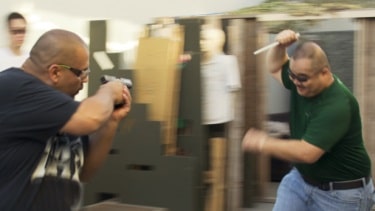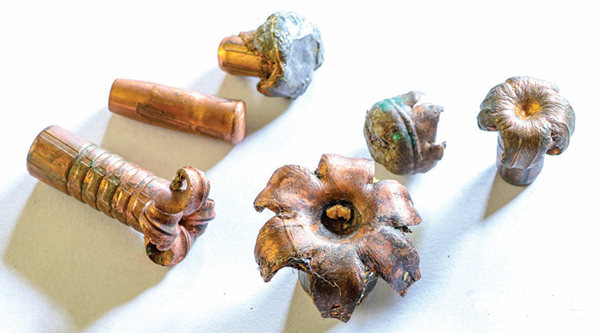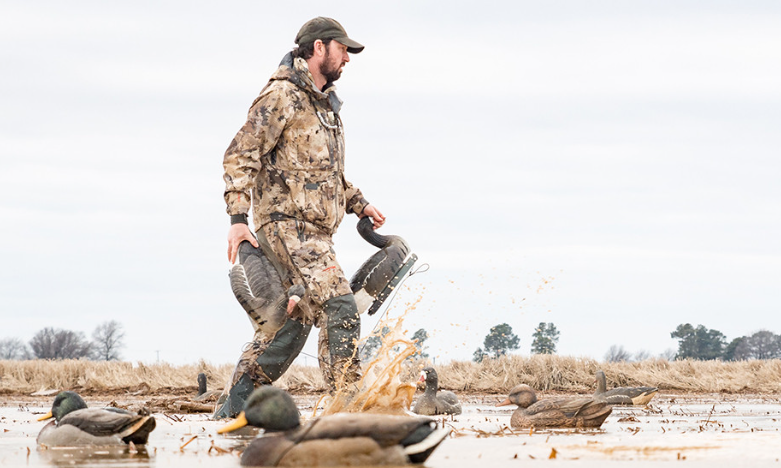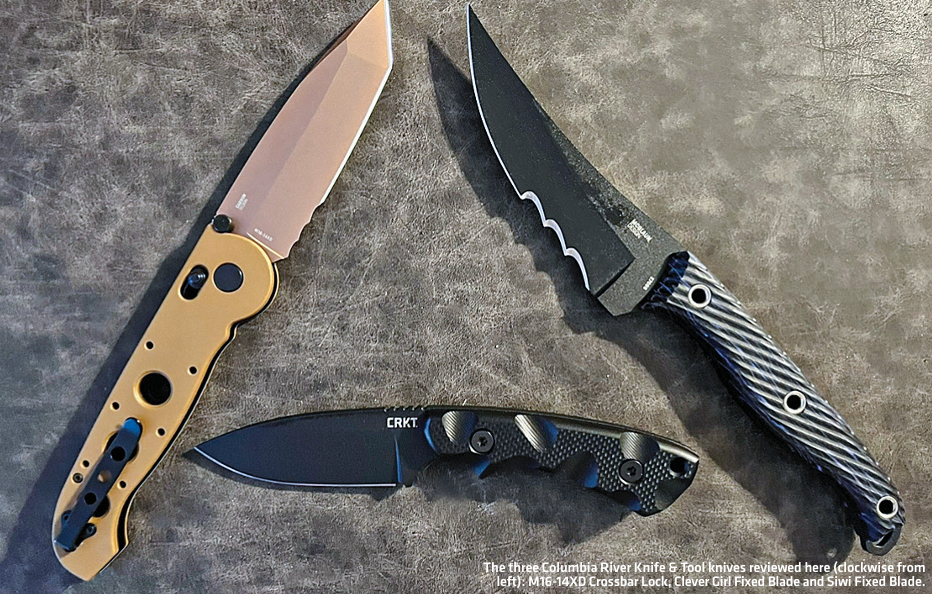Sometimes a pre-cursor to a Gunfight involves Hand-to-Hand Jitsu just to get to Glock-Fu
Are we training correctly in preparation for that Gunfight?
Unfortunately, there are many assaults that takes place every day. Bad guys don’t discriminate man or woman. In the following video, the footage highlights a female protecting herself from an attack by a would be mugger.
At this point, the motive is unknown, but what does stand out is that the female successfully fends off the attack and stopping the attacker with her pistol.
Yes, we can go on stating that having the right to bear arms is a good thing. The purpose of this article is to challenge the idea of what is good gun training to prepare for an altercation. This article is not about using 1,000 Glock-Fu technique to protect yourself.
https://www.youtube.com/watch?v=nR_pJ4nAcnY
Gun Training

Generally gun training for self-defense is about handgun familiarization and shooting the pistol at the range. Depending on where the training is taking place an advance version of furthering their gunfight skills will have them respond to scenarios. Which usually is drawing their pistol and firing at close range. Yes, it is true that most incidents reports involving gun defense states that these incidents occurs within a few feet during the initial contact.
Yes, it sounds like we’re quarterbacking this. In every training brain storm its all about quarterbacking the what ifs and should have done, etc…. Anyways, what we’re getting after is that there is that “close quarter moment” where you need to train the most.
In this video case its when the female was reaching for her pistol thats in her handbag as the attacker was closing in on her. Fortunately, in this incident she got the gun out just in time to defend herself. There are some that will tell you that they weren’t able to get their pistol out in time. So this is where we are addressing that “close call moment” when you need some hand-to-hand jitsu to prior to getting you gun out.

Challenge Conventional Thinking
We want to challenge the conventional thinking when we train for that gunfight. Again, we need to go beyond standing at the line then at the command we draw our pistol and blast away downrange at the target. This portion of close quarter training falls into empty hands/reflex training.
Lets think about this, how fast can you quickly assess a situation while on a daily outing, make a quick decision to either go for your weapon or use less lethal action based on the settings. LE trainer call this O.O.D.A. (Observe, Orient, Decide, Act) its how we go through the process of reacting to a stimulus.
There are many self-defense schools that address this unique situation. Reacting to a stimulus will always be slower. There is no magic bullet to react faster than the attacker, but to keep training the scenario.
Training that really Matters

For this type of training this falls into extra hand-to-hand training. Put in the mat time thats needed, these blocks of training will take care of those close quarter moments that you can’t practice with a fully loaded pistol, try these block of training.
–Role Play
–3rd Base Umpire Drill
These drills needs to be played out to 20 seconds after initial contact of the drill. The benefits from this form of training is that the defender will be reacting to the attacker action. After 50 to 100 hours of practice against many different attackers (short, tall, slow, fast, strong, weak), the muscle memory and reflexes will be heightened to another level of awareness. Your crouching tiger and hidden dragon moves will progress to a competent level. Here’s the brief description of these two close-quarter training drills.
Role Play – Simple, you have an attacker and a defender. Face each other from 20 feet and start walking towards each other as if they’re out on the street.
The defender can have a pistol or a knife or anything. For this particular scenario, the defender does not have a weapon. (for now) They can stow their weapon in any way they would out in the street. As the drill progresses, you can simulate a hall way inside a building. Obviously, these settings will affect your Glock-Fu tactics.
Back to the drill, once the two combatants gets closer the attacker will initiate any form of attack at the defender.
You can mix this up with just having the BG initiates with verbal slangs to heat up the atmosphere. This keeps the defender from jumping the gun. The only time to react is when the BG actually attacks.
If you have extra people, have them involved so the defender doesn’t know who will attack. Being creative with the scenario is ideal.
3rd Base Umpire Drill
The defender will move his hands and arms in different motion mimicking a 3rd base coach. While the defender is doing this the BG attacks from 5 feet away. This drill gets the defender to react while they’re in odd awkward body position.
Check out these Cool Gun Safes Click HERE to Check it out.

Equipment
A quick word on equipment, since this is for low budget, we suggest stick with small toy guns that are durable. If you need the training pistol that shoots pellets, then get some cheap pellet guns.
The only reason we didn’t mention simunitions is the budget. If your training facility can afford it, by all means go for it.
Goggles
Headgear
Red Man suit
Final Thoughts
These two types of force-on-force training is not the only drills out there. There will be scenarios like on a crowded dance floor where people are at touching distances vs out in the street where you may have more distances to read body language.
The best advices is to keep practicing for the worse case scenario where you’re caught off-guard and fight for it. Its better to take your licks while in training then to get hurt in a real life incident.









